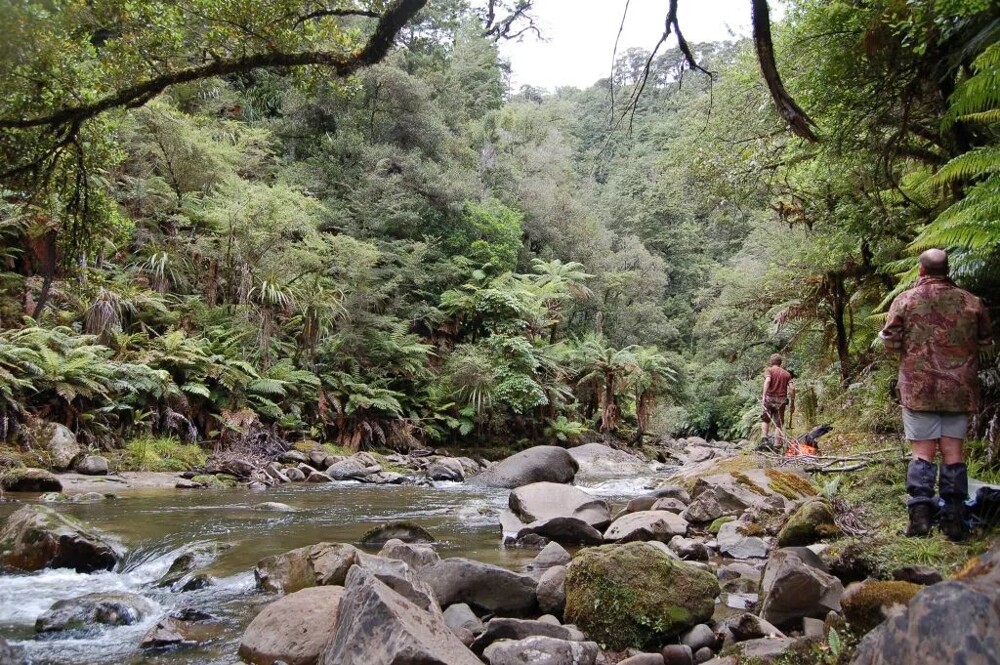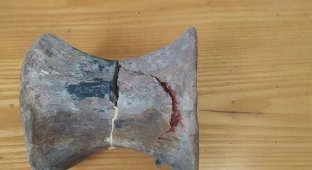A powerful cyclone exposed the fossils of giant sea creatures that lived 80 million years ago (4 photos)
Prehistoric remains have been discovered in New Zealand after after Cyclone Gabriel hit the North Island of the country and overflowed mountain streams and rivers, which in turn displaced nearby rocks and boulders. 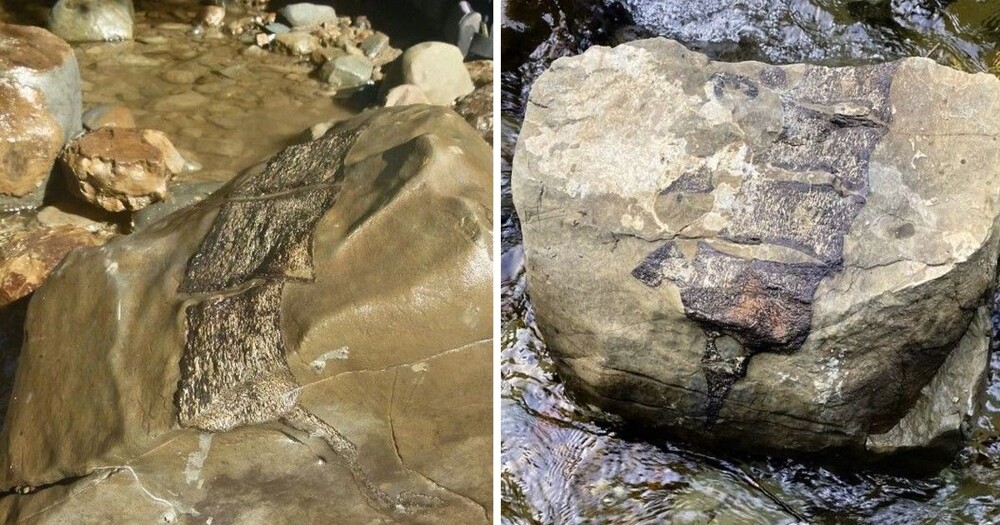
Paleontologists believe that two fossilized vertebrae discovered back in March, but made public only now, may belong to Elasmosaurus - a giant long-necked marine reptile, length which could reach 14 meters.
Another found fossilized vertebra could belong to mosasaurus, a huge marine reptile that was supreme ocean predator. Mosasaurus fossils found in Novaya Zeeland and earlier - fossilized teeth and part of the jaw were found in Mangahuanga Creek in 2015 - but it's still a rarity.
The fossils were discovered by staff and volunteers from Forest Lifeforce Restoration Trust, local conservation initiatives flora and fauna of New Zealand. 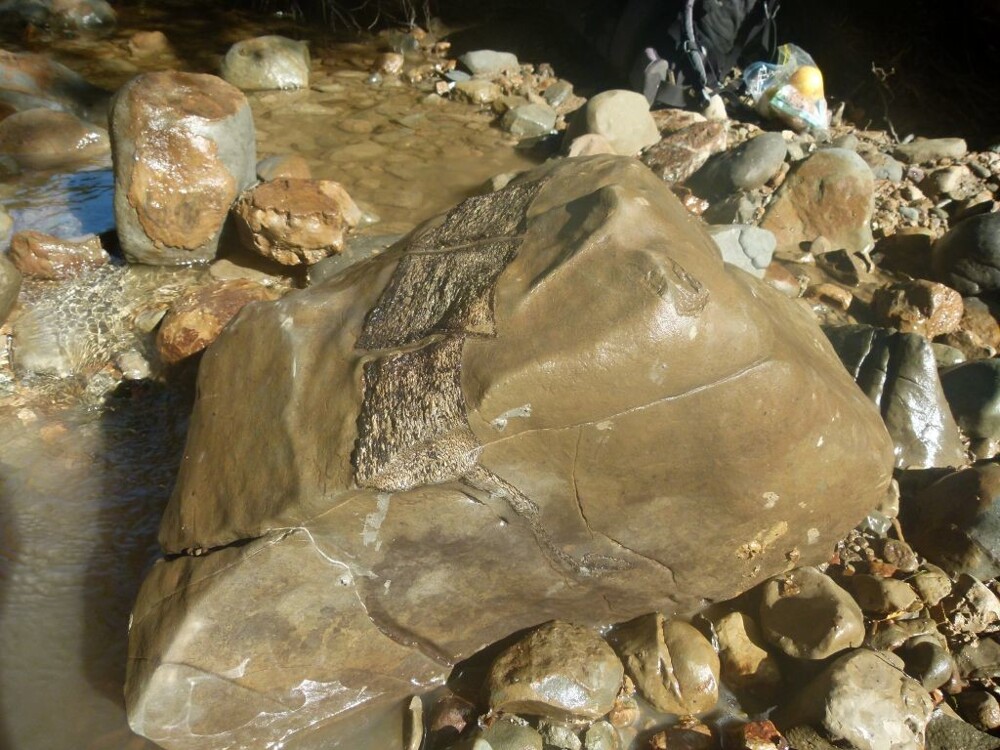
Gabriel was a severe tropical cyclone that covered North Island of New Zealand from 12 to 16 February. It was deadliest cyclone to hit the country since 1968 11 people died as a result. According to a statement released Institute of Geological and Nuclear Sciences, in a mountainous area where they were fossils were found, streams and rivers turned into "raging streams", millions of cubic meters of rainwater raised boulders "the size of supermarket trolley.
“As if a giant was walking along the bed of a stream, kicking stones as he went and boulders as if they were pebbles, and turning everything over on its own way,” said Pete Shaw, Forest Lifeforce Forest Fund Manager Restoration Trust. 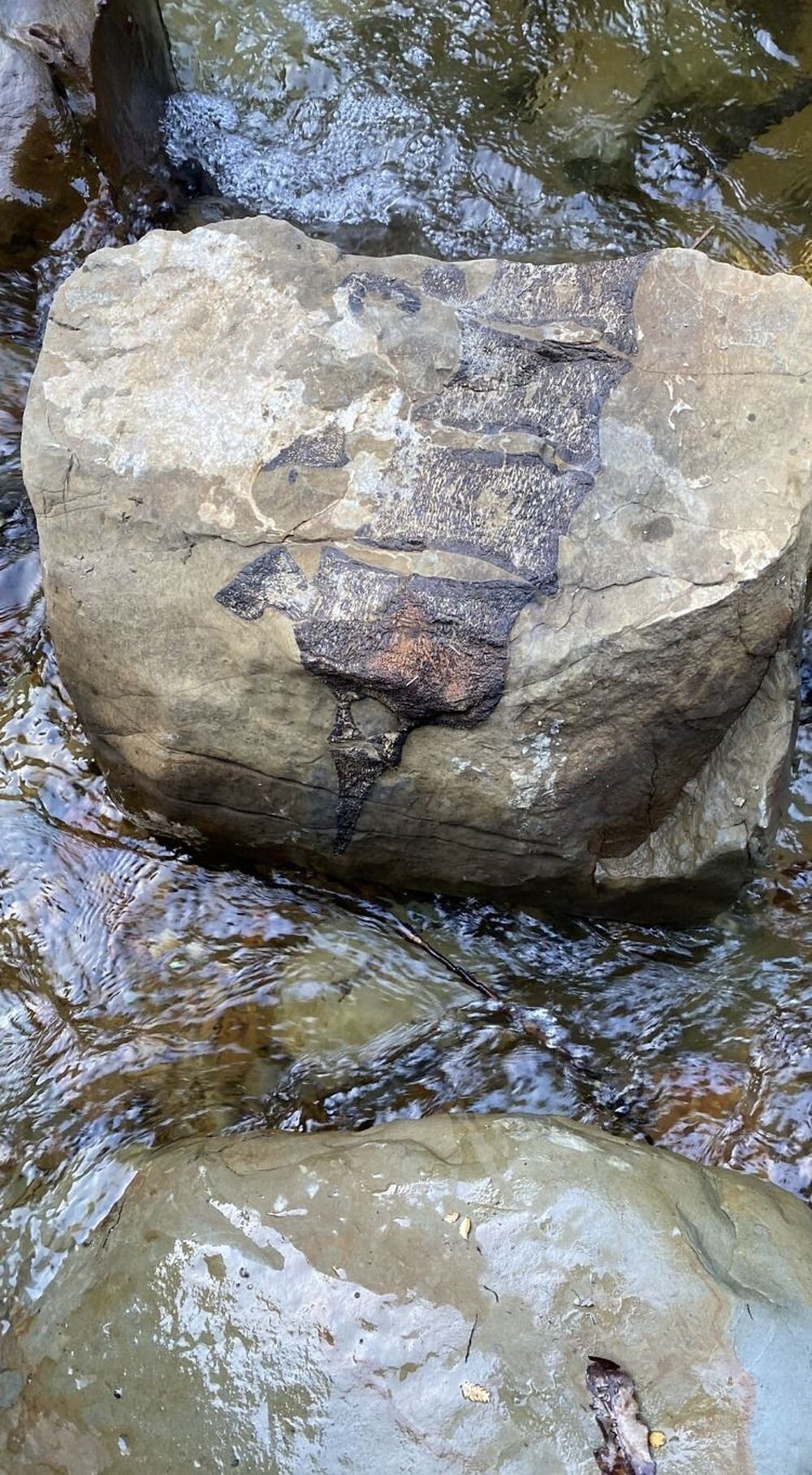
The Maungataniwa forest contains many fossils. Cretaceous period (from 145 to 66 million years ago), and researchers discovered the first dinosaur here in 1975. "If any place and can be called the epicenter of New Zealand paleontology, then this Maungataniva and especially the Mangahuanga stream,” Shaw added. 